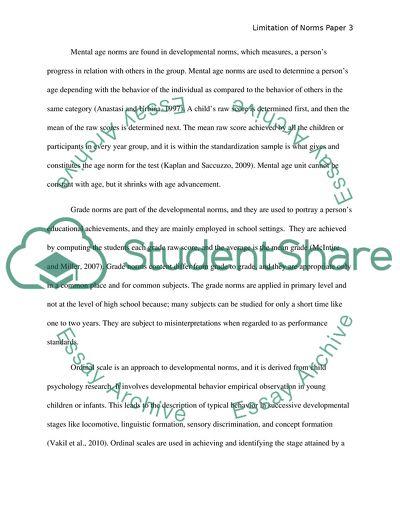Cite this document
(Norms in Psychological Testing Essay Example | Topics and Well Written Essays - 1500 words - 1, n.d.)
Norms in Psychological Testing Essay Example | Topics and Well Written Essays - 1500 words - 1. https://studentshare.org/psychology/1771392-limitations-of-norms-paper
Norms in Psychological Testing Essay Example | Topics and Well Written Essays - 1500 words - 1. https://studentshare.org/psychology/1771392-limitations-of-norms-paper
(Norms in Psychological Testing Essay Example | Topics and Well Written Essays - 1500 Words - 1)
Norms in Psychological Testing Essay Example | Topics and Well Written Essays - 1500 Words - 1. https://studentshare.org/psychology/1771392-limitations-of-norms-paper.
Norms in Psychological Testing Essay Example | Topics and Well Written Essays - 1500 Words - 1. https://studentshare.org/psychology/1771392-limitations-of-norms-paper.
“Norms in Psychological Testing Essay Example | Topics and Well Written Essays - 1500 Words - 1”. https://studentshare.org/psychology/1771392-limitations-of-norms-paper.


